Home>Garden Essentials>How Long Does It Take Pumpkins To Germinate
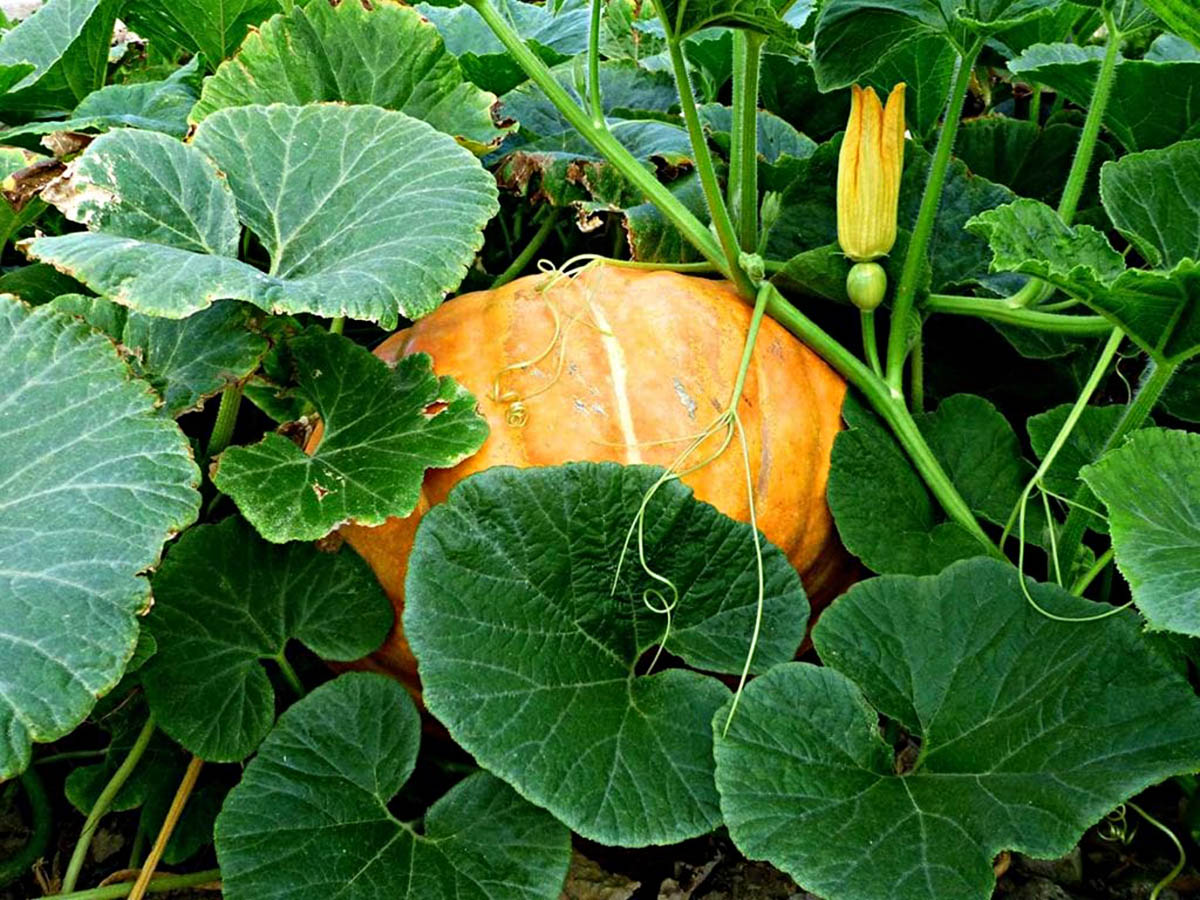

Garden Essentials
How Long Does It Take Pumpkins To Germinate
Modified: March 15, 2024
Learn how long it takes for pumpkins to germinate in your garden. Discover the ideal conditions and tips for successful pumpkin seed germination.
(Many of the links in this article redirect to a specific reviewed product. Your purchase of these products through affiliate links helps to generate commission for Storables.com, at no extra cost. Learn more)
Introduction
Pumpkins are not only a popular fall decoration and delicious ingredient for pies and soups, but they are also a delight to grow in your garden. Watching pumpkins grow from tiny seeds into large, vibrant fruits can be a rewarding experience for any gardener. However, one important step in the pumpkin growing process is germination, which is the sprouting of the seed and the beginning of new plant growth.
In this article, we will explore the fascinating world of pumpkin germination. We will discuss the factors that affect pumpkin germination, the ideal conditions for germination, and the average time it takes for pumpkins to germinate. We will also uncover some factors that may impede germination and provide tips to help speed up the process. So, let’s dig in and discover the secrets of pumpkin germination!
Key Takeaways:
- Pumpkin seeds need warmth, moisture, and darkness to sprout. They typically take 5-10 days to germinate, but patience is key as some seeds may take longer.
- Factors like seed quality, soil temperature, and moisture levels can affect germination. Pre-soaking seeds and providing bottom heat can speed up the process.
Read more: How Long Does Kale Take To Germinate
Factors Affecting Pumpkin Germination
Several factors can influence the germination process of pumpkin seeds. These factors include:
1. Seed Quality: High-quality pumpkin seeds have a higher germination rate compared to older or low-quality seeds. It is recommended to purchase fresh, certified seeds from a reputable source.
2. Soil Temperature: Pumpkin seeds require optimal soil temperatures for germination, typically ranging between 75°F and 85°F (24°C and 29°C). Warmer soil encourages faster germination.
3. Moisture: Adequate moisture is crucial for pumpkin seed germination. The soil should be consistently moist but not waterlogged. Dry soil can delay or hinder germination.
4. Oxygen: Like all plants, pumpkins need oxygen for germination. Proper soil aeration is important for the seeds to respire and germinate successfully.
5. Light: Pumpkin seeds do not require light to germinate. In fact, they germinate best in darkness. However, once the seedlings emerge, they require ample sunlight for optimal growth.
Ideal Germination Conditions for Pumpkins
To provide the best possible conditions for pumpkin seed germination, follow these guidelines:
1. Prepare the Soil: Prior to sowing pumpkin seeds, prepare the soil by loosening it with a garden fork or tiller. This helps improve soil aeration and drainage.
2. Choose the Right Time: Wait until the soil has warmed up in the spring before sowing pumpkin seeds. Cold soil can slow down germination.
3. Sow at the Appropriate Depth: Plant the pumpkin seeds at a depth of 1 to 1.5 inches (2.5 to 3.8 cm). This ensures that they are adequately covered and protected while still being able to sprout.
4. Provide Moisture: Keep the soil consistently moist throughout the germination period. Water gently and avoid creating puddles or waterlogged conditions.
5. Ensure Proper Drainage: While keeping the soil moist, ensure that it also drains well. Excessive water retention can lead to rot and fungal issues.
6. Maintain Optimal Temperature: Maintain a suitable soil temperature of 75°F to 85°F (24°C to 29°C) to promote faster germination. Consider using a soil thermometer to monitor the temperature.
7. Provide Ambient Darkness: While pumpkin seeds do not require light to germinate, providing a dark environment during the germination phase can be beneficial.
Now that we understand the factors and conditions that contribute to successful pumpkin germination, let’s dive into the germination process and explore how long it typically takes for pumpkin seeds to sprout.
Key Takeaways:
- Pumpkin seeds need warmth, moisture, and darkness to sprout. They typically take 5-10 days to germinate, but patience is key as some seeds may take longer.
- Factors like seed quality, soil temperature, and moisture levels can affect germination. Pre-soaking seeds and providing bottom heat can speed up the process.
Read more: How Long Does Kale Take To Germinate
Factors Affecting Pumpkin Germination
Several factors can influence the germination process of pumpkin seeds. Understanding these factors and their impact can help ensure successful germination. Let’s take a closer look at each of them:
1. Seed Quality: The quality of pumpkin seeds plays a crucial role in germination. It is important to choose high-quality seeds from a reputable source. Fresh seeds have a higher germination rate compared to older or low-quality seeds. When purchasing seeds, look for those that are certified and have been stored properly.
2. Soil Temperature: Soil temperature is a critical factor in pumpkin seed germination. Pumpkin seeds require warm soil to germinate successfully. The optimal soil temperature for germination is typically between 75°F and 85°F (24°C and 29°C). Warmer soil temperatures promote faster germination, while colder temperatures can delay or inhibit germination. Using a soil thermometer can help monitor the temperature and ensure it remains within the appropriate range.
3. Moisture: Adequate moisture is essential for pumpkin seed germination. The soil should be consistently moist but not waterlogged. Dry soil can delay or prevent germination. To maintain moisture, water the soil gently and regularly, especially during dry periods. Be careful not to overwater, as excessive moisture can lead to rot and fungal issues. Proper drainage is crucial to prevent waterlogging.
4. Oxygen: Like all plants, pumpkins require oxygen for germination. Proper soil aeration is important to ensure that the seeds can respire and germinate successfully. Avoid compacted soil, as it can hinder oxygen flow to the seeds. Loosening the soil before sowing the seeds can help improve aeration and drainage.
5. Light: Pumpkin seeds do not require light to germinate. In fact, they germinate best in darkness. When sowing the seeds, cover them with soil at the appropriate depth to protect them while still allowing for sprouting. Once the seedlings emerge, they require ample sunlight for optimal growth. Place them in a location with direct sunlight or provide artificial light if necessary.
By understanding and optimizing these factors, you can create the ideal conditions for pumpkin seed germination. However, it is important to note that individual seed varieties may have specific requirements. Always refer to the seed package or consult with a gardening expert for variety-specific guidelines.
In the next section, we will delve into the germination process of pumpkins and discover how long it typically takes for these seeds to sprout.
Ideal Germination Conditions for Pumpkins
Creating the ideal conditions for pumpkin seed germination is crucial to ensure successful and timely sprouting. By providing the right environment, you can give your pumpkin seeds the best chance of germinating and developing into healthy seedlings. Here are some guidelines to follow:
1. Prepare the Soil: Before sowing pumpkin seeds, prepare the soil properly. Start by removing any weeds or debris from the planting area. Loosen the soil with a garden fork or tiller to improve aeration and drainage. This will create a favorable environment for the seeds to germinate.
2. Choose the Right Time: Timing is important when it comes to planting pumpkin seeds. Wait until the soil has warmed up in the spring before sowing the seeds. Cold soil can delay germination, so it’s important to ensure that the temperature is suitable. Aim to plant the seeds when the soil temperature reaches around 75°F to 85°F (24°C to 29°C).
3. Sow at the Appropriate Depth: When planting the pumpkin seeds, make sure to sow them at the correct depth. The ideal depth for sowing pumpkin seeds is about 1 to 1.5 inches (2.5 to 3.8 cm). This depth ensures that the seeds are adequately covered and protected while still allowing them to emerge easily when germination occurs.
4. Provide Adequate Moisture: Pumpkins require consistent moisture for successful germination. Keep the soil evenly moist during the germination process. Water gently to avoid disturbing the seeds or creating puddles. It’s important to strike a balance between providing enough moisture and avoiding waterlogging, which can hinder germination.
5. Ensure Proper Drainage: While maintaining moisture is crucial, it’s equally important to ensure proper drainage. Excessive water retention can lead to rot and fungal diseases. Ensure the soil has good drainage capabilities to prevent waterlogging. If you’re planting in heavy clay soil, adding organic matter like compost or sand can improve drainage.
6. Maintain Optimal Temperature: Providing the right soil temperature is essential for pumpkin seed germination. Aim to maintain a temperature range of 75°F to 85°F (24°C to 29°C) throughout the germination period. Investing in a soil thermometer can help you accurately monitor and regulate the soil temperature. Consider using mulch to help insulate the soil and maintain a consistent temperature.
7. Provide Ambient Darkness: Pumpkin seeds do not require light to germinate. In fact, they actually prefer a dark environment during the germination phase. Cover the planted seeds with soil or use a light-proof covering to create a dark environment. Once the seedlings emerge and develop true leaves, they will need ample sunlight for photosynthesis.
By following these guidelines and providing the ideal germination conditions, you can maximize the chances of successful pumpkin seed germination. Patience and proper care during this germination period will set the stage for healthy seedlings and a bountiful pumpkin harvest. In the next section, we will explore how long it typically takes for pumpkin seeds to germinate.
Pumpkin seeds typically germinate within 5-10 days when planted in warm, moist soil. To speed up the process, you can soak the seeds in water overnight before planting.
Read more: How Long Does It Take Catnip To Germinate?
The Germination Process of Pumpkins
The germination process is a fascinating journey for pumpkin seeds as they sprout and begin their transformation into sturdy seedlings. Understanding the stages of germination can help you better care for your pumpkin seeds and ensure their successful growth. Let’s explore the various steps involved in the germination process:
1. Seed Absorption: The first stage of germination is seed absorption. When planted in moist soil, the outer shell of the pumpkin seed begins to absorb water. This triggers a series of biochemical reactions within the seed.
2. Activation of Enzymes: As the seed absorbs water, enzymes within the seed are activated. These enzymes break down stored nutrients within the seed, such as carbohydrates and proteins, to provide energy for the germination process.
3. Radicle Emergence: The radicle, which is the primary root of the pumpkin seed, starts to emerge. The radicle pushes its way out of the seed coat and downwards into the soil. This root will anchor the seedling and absorb nutrients and water from the soil.
4. Cotyledon Growth: Once the radicle has emerged, the cotyledons, which are the embryonic leaves, begin to grow. These cotyledons provide initial food reserves for the seedling until it can develop its true leaves and start photosynthesis.
5. Stem Elongation: As the cotyledons develop, the stem of the seedling starts to elongate. The young stem pushes upwards, carrying the cotyledons above the ground.
6. Leaf Development: As the stem continues to elongate, the seedling develops its true leaves. These leaves differ from the cotyledons and resemble the leaves of mature pumpkin plants. The true leaves are responsible for photosynthesis, capturing sunlight and converting it into energy.
7. Seed Coat Shedding: Once the seedling has established its root system, developed true leaves, and is supported by a sturdy stem, the seed coat begins to shed. The seed coat falls off, leaving the young pumpkin plant exposed and ready for further growth.
Throughout the germination process, it is important to provide the optimal conditions of moisture, temperature, and darkness mentioned earlier. Consistent watering, appropriate soil temperature, and a dark environment will nurture the seedlings as they progress through these stages.
It’s important to note that every pumpkin seed is unique, and individual germination times may vary. On average, pumpkin seeds can take anywhere from 5 to 10 days to germinate, although it can sometimes take up to two weeks. Patience is key during this period, as some seeds may take longer to sprout than others.
Understanding the germination process of pumpkins is not only fascinating but also essential for successful gardening. Providing the right conditions and care will help your pumpkin seeds sprout and develop into healthy seedlings, setting the stage for a productive pumpkin-growing season. In the next section, we will explore the average germination time for pumpkins and factors that may affect it.
Average Germination Time for Pumpkins
The germination time for pumpkin seeds can vary depending on several factors, including seed quality, environmental conditions, and seed variety. While there is no fixed timeline, understanding the average germination time can give you a general idea of when to expect your pumpkin seeds to sprout.
On average, pumpkin seeds typically take around 5 to 10 days to germinate. However, it is important to note that germination times can vary and may extend to two weeks or longer in some cases. Certain factors can influence the germination period and cause variations in timing.
One significant factor is seed quality. High-quality pumpkin seeds, which are fresh, viable, and properly stored, tend to have higher germination rates and shorter germination times. Older or low-quality seeds may have lower germination rates and take longer to sprout.
Environmental conditions also play a crucial role in germination time. Soil temperature is particularly important, as pumpkin seeds require warm soil to germinate successfully. The optimal soil temperature range for germination is typically around 75°F to 85°F (24°C to 29°C). Warmer soil temperatures can accelerate the germination process, while cooler soil temperatures can delay or hinder germination.
Moisture is another key factor. Pumpkin seeds need adequate moisture to germinate, but excessive water or prolonged periods of wet soil can lead to rot or fungal diseases. Striking a balance between moisture and proper soil drainage is essential to create optimal germination conditions.
Seed variety is another aspect that can influence germination time. Different pumpkin varieties have varying genetic characteristics that affect their germination rate and speed. Some varieties may have shorter germination times, while others may take longer. Always refer to the seed package or consult with a gardening expert for variety-specific germination information.
While waiting for your pumpkin seeds to germinate, it is important to maintain consistent care and provide the proper growing conditions. Regularly check the soil moisture and temperature, ensuring they remain within the optimal range. Avoid disturbing the planted seeds and be patient, as the germination process can take time.
Monitoring the progress of your pumpkin seeds and observing the emergence of the radicle and true leaves will indicate that germination has occurred successfully. Once the seedlings have developed and strengthened, you can continue to nurture them and provide the necessary care for their healthy growth.
Remember, while the average germination time for pumpkins is around 5 to 10 days, variations can occur. As a gardener, patience and attentiveness are key during this exciting stage of the pumpkin growing journey. In the next section, we will explore some factors that may delay pumpkin germination and provide tips to help speed up the process if needed.
Factors That May Delay Pumpkin Germination
While pumpkin seeds generally have a reliable germination rate, there are several factors that can potentially impede or delay the germination process. Being aware of these factors can help you identify and address any issues that may arise. Let’s explore some common factors that may delay pumpkin germination:
1. Suboptimal Soil Temperature: Pumpkin seeds require warm soil for successful germination. If the soil temperature is too low, germination can be delayed or even inhibited. Cold soil can slow down the biochemical processes involved in germination. To promote faster germination, ensure that the soil temperature remains within the optimal range of 75°F to 85°F (24°C to 29°C). Using a soil thermometer can help you monitor and regulate the temperature.
2. Excessive Moisture: While adequate moisture is crucial for pumpkin seed germination, excessive moisture can be detrimental. Overwatering or waterlogged soil can lead to rot and fungal diseases, which can delay or prevent germination altogether. It is important to strike a balance by maintaining moist but well-drained soil. Regularly check soil moisture levels and adjust watering accordingly.
3. Poor Seed Quality: The quality of pumpkin seeds directly impacts germination success. Older seeds or those that have been stored improperly may have lower viability and reduced germination rates. Ensure that you are using fresh, high-quality seeds from a reputable source. Inspect the seed package for any expiration dates or indications of seed quality.
4. Insufficient Oxygen: Oxygen is necessary for the germination process as it facilitates important biochemical reactions within the seeds. Compacted or poorly aerated soil can hinder oxygen availability, affecting seed germination. Ensure proper soil aeration by loosening the soil before planting, and avoid compacted soil conditions.
5. Pest or Disease Damage: Pests and diseases can damage pumpkin seeds, inhibiting germination. Common culprits include insects like squash bugs and cucumber beetles, as well as fungal diseases like damping-off. Protect your seeds by implementing appropriate pest control measures and practicing proper disease prevention strategies.
6. Improper Planting Depth: Planting pumpkin seeds too deep or too shallow can affect germination. If the seeds are planted too deep, they may struggle to emerge from the soil. Conversely, if they are planted too shallow, they may dry out or be more susceptible to temperature fluctuations. Follow the recommended planting depth of about 1 to 1.5 inches (2.5 to 3.8 cm) for optimal germination.
7. Seed Dormancy: Some pumpkin varieties have natural seed dormancy mechanisms that can delay germination. These seeds require specific conditions or treatments to break dormancy and initiate germination. If you are experiencing prolonged germination delays, research the specific requirements for your pumpkin variety and adjust your approach accordingly.
By addressing these potential delaying factors and providing the optimal germination conditions we discussed earlier, you can minimize the chances of germination delays and maximize the success rate of your pumpkin seeds.
In the next section, we will provide some helpful tips to speed up the pumpkin germination process and ensure a timely start to your pumpkin-growing journey.
Tips for Faster Pumpkin Germination
When it comes to growing pumpkins, a faster germination process can be advantageous, allowing you to enjoy earlier harvests and get a head start on the growing season. While germination time can vary depending on various factors, there are a few tips and techniques you can try to help speed up the pumpkin germination process. Here are some helpful tips:
1. Pre-soaking the Seeds: Pre-soaking pumpkin seeds before planting can help accelerate germination. Place the seeds in a bowl of warm water and let them soak for 2-4 hours. This can help soften the seed coat and kickstart the germination process. After soaking, plant the seeds immediately.
2. Scarification: Some pumpkin seeds have tough outer seed coats that can delay germination. To overcome this, you can scarify the seeds by lightly nicking or scratching the seed coat. Use a small file or sandpaper to gently roughen the seed coat, creating small openings that allow moisture to penetrate and hasten germination.
3. Bottom Heat: Providing bottom heat can help create optimal soil temperatures for faster germination. Use a seedling heat mat or place the containers near a heat source, such as a radiator, to warm the soil. The warmth will enhance the germination process and promote quicker sprouting.
4. Use Seed Starting Mix: Opt for a seed starting mix or a light and well-draining soil mixture when planting your pumpkin seeds. This type of potting mix provides ideal moisture retention while allowing for proper airflow and root development. The improved conditions can contribute to faster germination.
5. Increase Soil Moisture: Maintaining consistent moisture is essential for germination, and slightly higher moisture levels can help speed up the process. Ensure that the soil remains moist, but avoid overwatering. Use a spray bottle or fine mist setting on your watering can to gently moisten the soil without creating waterlogged conditions.
6. Indoor Seed Starting: If you want to get a head start on the growing season, consider starting your pumpkin seeds indoors. This allows you to control the environmental conditions and provide the optimal temperature and moisture levels for faster germination. Once the seedlings have developed, they can be transplanted outdoors.
7. Protective Covering: To create a warm and humid microclimate, consider using a protective covering over the planted seeds. This can be a plastic dome, a plastic wrap, or a cloche. The covering traps heat and moisture, creating optimal conditions for faster germination.
8. Optimize Light Conditions: While pumpkin seeds do not require light to germinate, providing ample light once the seedlings have emerged can promote faster growth. Place the seedlings in a sunny location or use artificial grow lights to ensure they receive sufficient light for photosynthesis.
Remember that even with these tips, it is essential to maintain the proper balance of moisture, temperature, and care to ensure successful germination. Be patient and observant, as germination times can still vary among different pumpkin varieties.
By implementing these strategies, you can potentially expedite the germination process and give your pumpkin seeds a head start on their growth journey. Before you know it, you’ll have healthy seedlings ready to thrive in your garden.
Conclusion
Growing pumpkins from seeds is an exciting and rewarding endeavor. Understanding the process of pumpkin germination is essential for successful gardening and maximizing the potential of your pumpkin patch. By considering the factors that affect germination, providing optimal conditions, and implementing strategies to promote faster germination, you can increase your chances of successful seed sprouting and ensure a thriving pumpkin crop.
Factors such as seed quality, soil temperature, moisture, oxygen, and light all play crucial roles in the germination process. Choosing high-quality seeds, maintaining appropriate soil temperature, and ensuring adequate moisture and oxygen levels are all essential for successful germination. Additionally, providing darkness during germination and gradually transitioning to ample sunlight for seedling growth is important.
On average, pumpkin seeds take around 5 to 10 days to germinate, although this can vary depending on seed quality, environmental conditions, and seed variety. Remember that some seeds may take longer to germinate, requiring patience and attentive care.
Certain factors, such as suboptimal soil temperature, excessive moisture, poor seed quality, insufficient oxygen, pest or disease damage, improper planting depth, and seed dormancy, can potentially delay germination. It is important to address these factors to promote timely and successful seed sprouting.
To speed up the germination process, consider pre-soaking seeds, scarifying the seed coat, using bottom heat, using a seed starting mix, increasing soil moisture levels, starting seeds indoors, providing a protective covering, and optimizing light conditions. These techniques can help accelerate germination and give your pumpkin seeds a head start.
In conclusion, successful pumpkin germination requires attention to detail, proper care, and understanding of the factors that influence the process. By providing optimal conditions and implementing strategies to promote faster germination, you can set the stage for healthy seedlings and a thriving pumpkin harvest.
So, whether you’re growing pumpkins for fall decorations, culinary delights, or the sheer joy of gardening, remember that the journey starts with the germination of seeds. Embrace the process, be patient, and enjoy the excitement of watching your pumpkin seeds sprout and transform into magnificent plants that will bring beauty and abundance to your garden. Happy gardening!
Frequently Asked Questions about How Long Does It Take Pumpkins To Germinate
Was this page helpful?
At Storables.com, we guarantee accurate and reliable information. Our content, validated by Expert Board Contributors, is crafted following stringent Editorial Policies. We're committed to providing you with well-researched, expert-backed insights for all your informational needs.
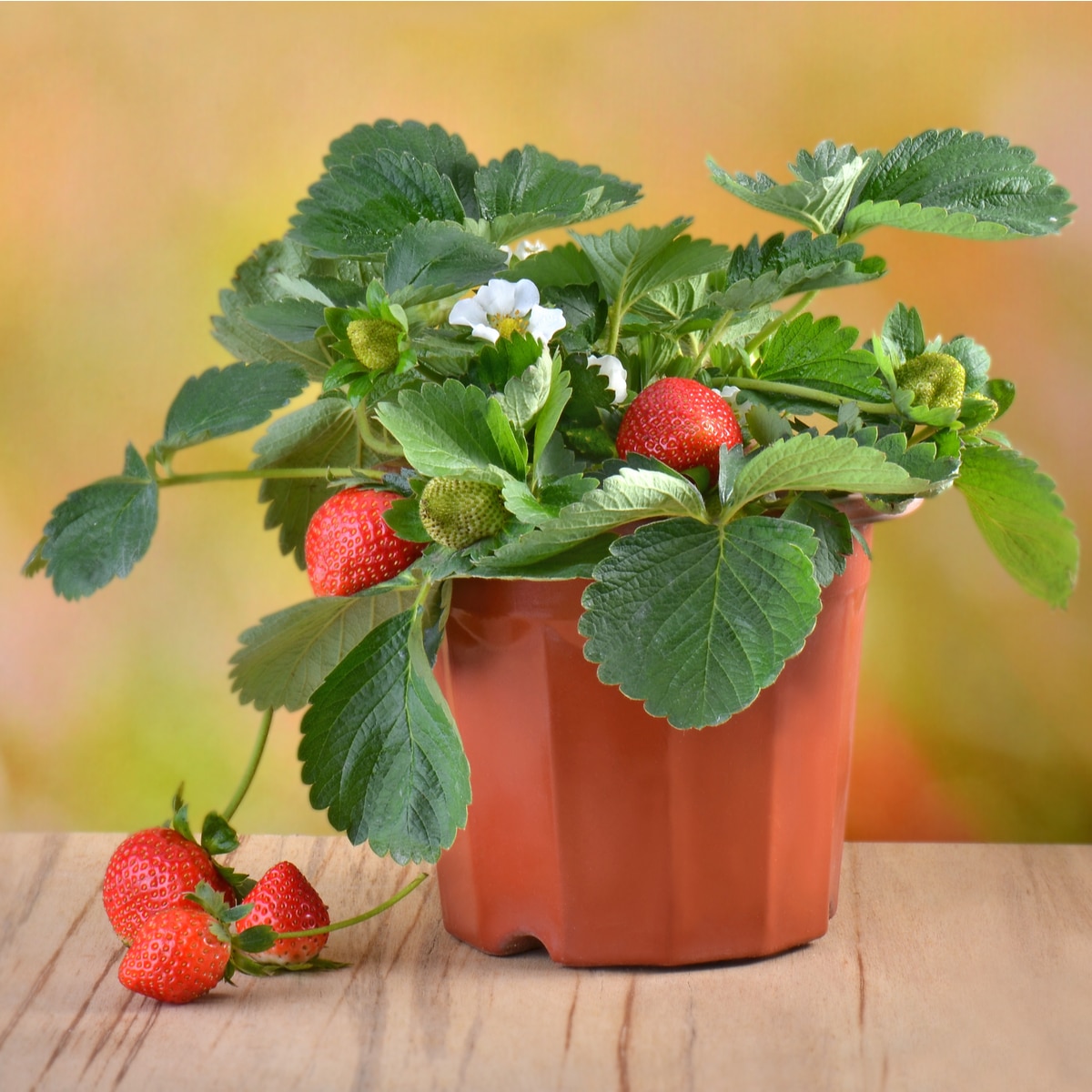
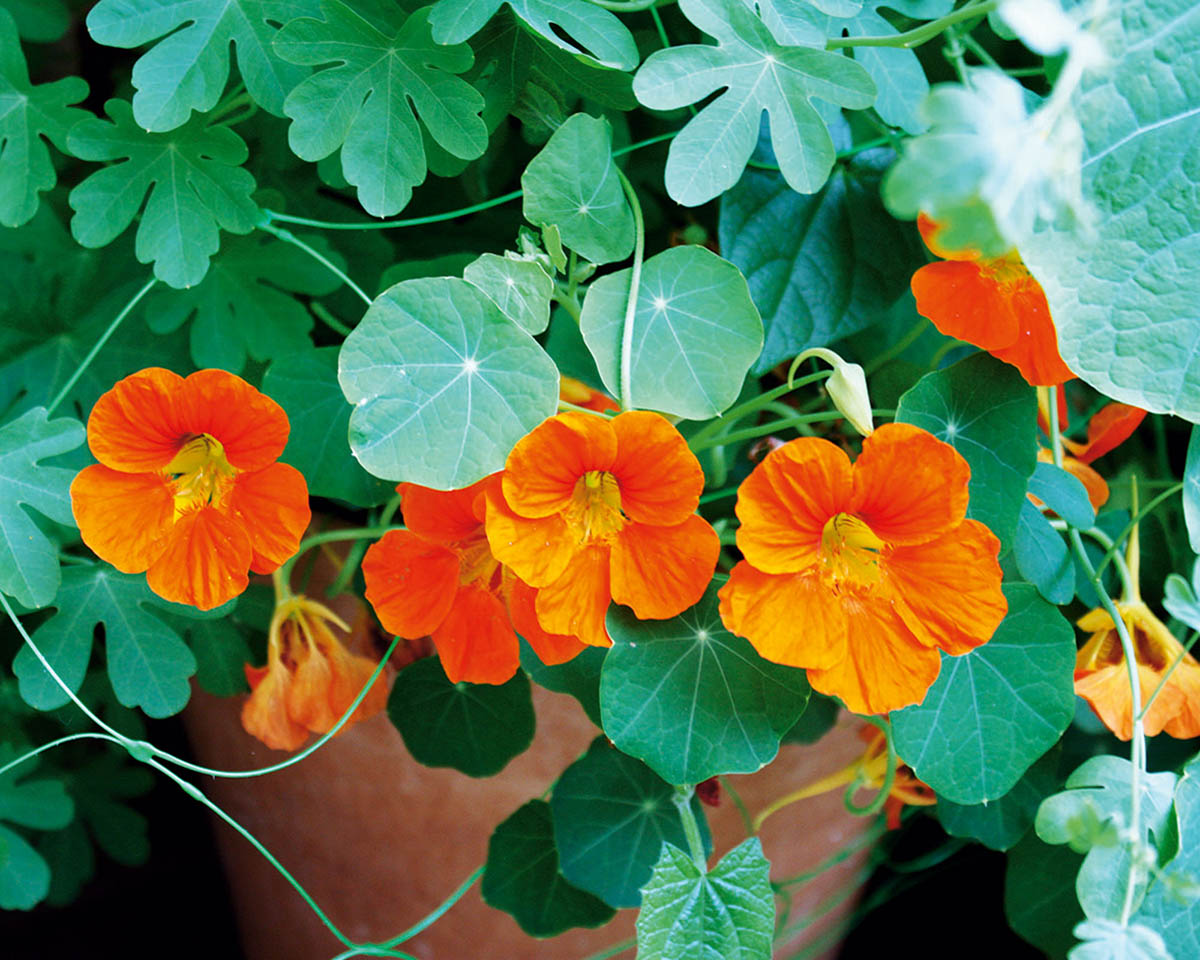
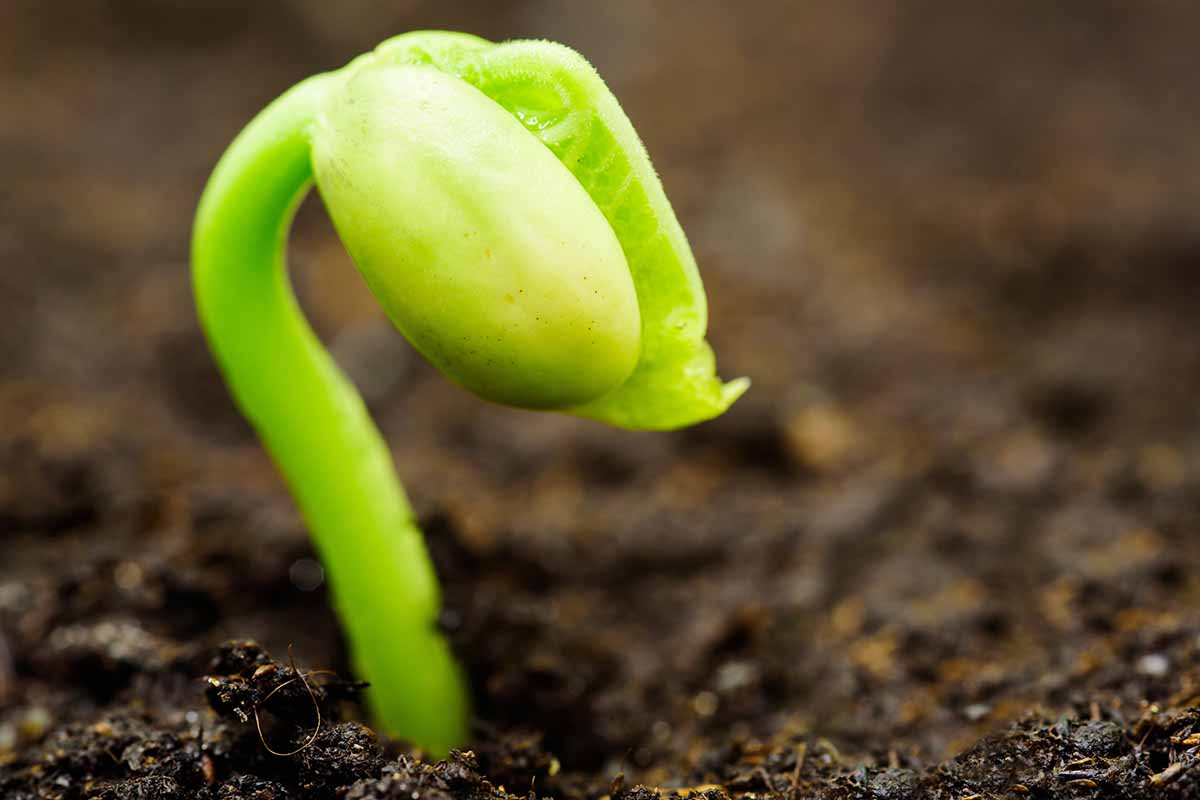
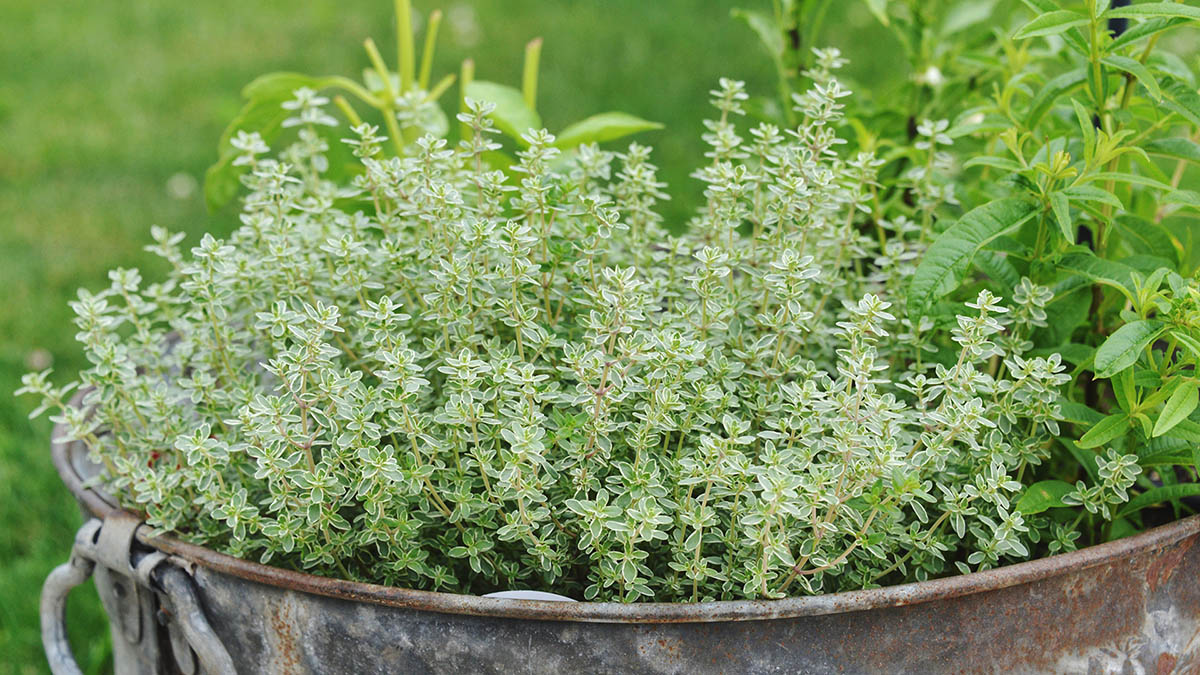
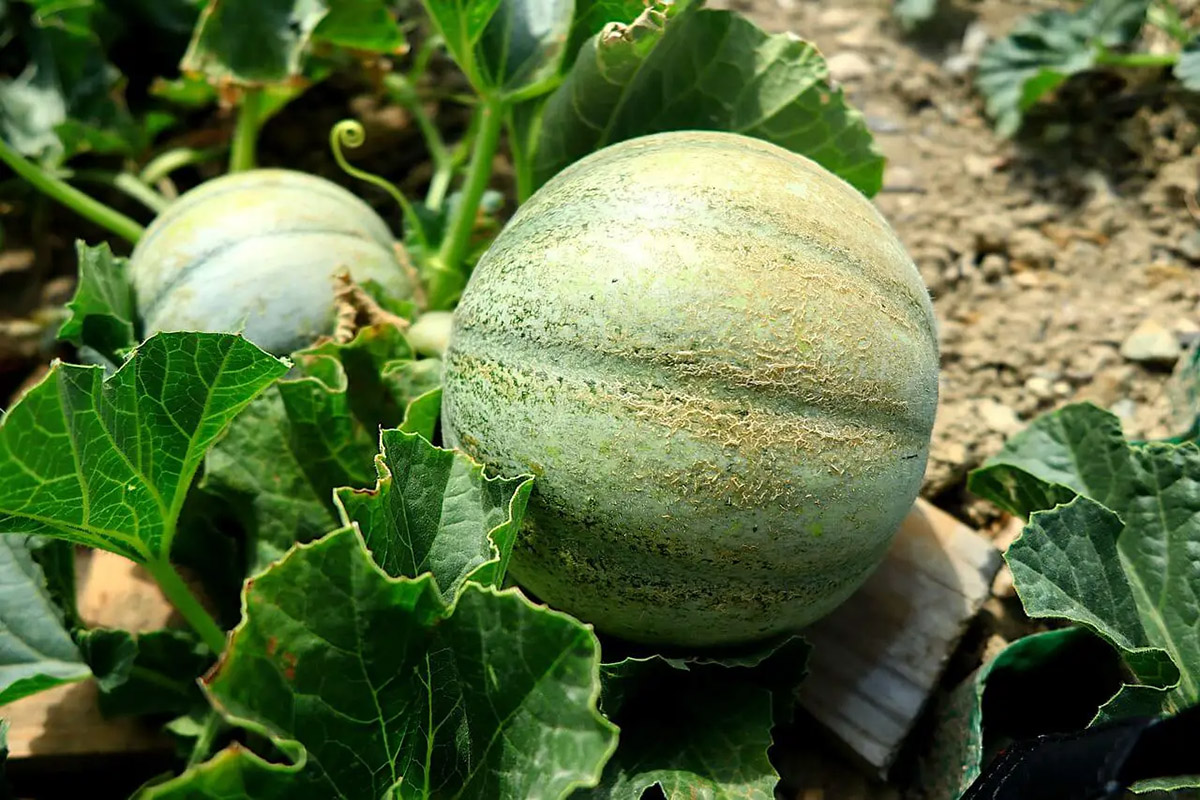
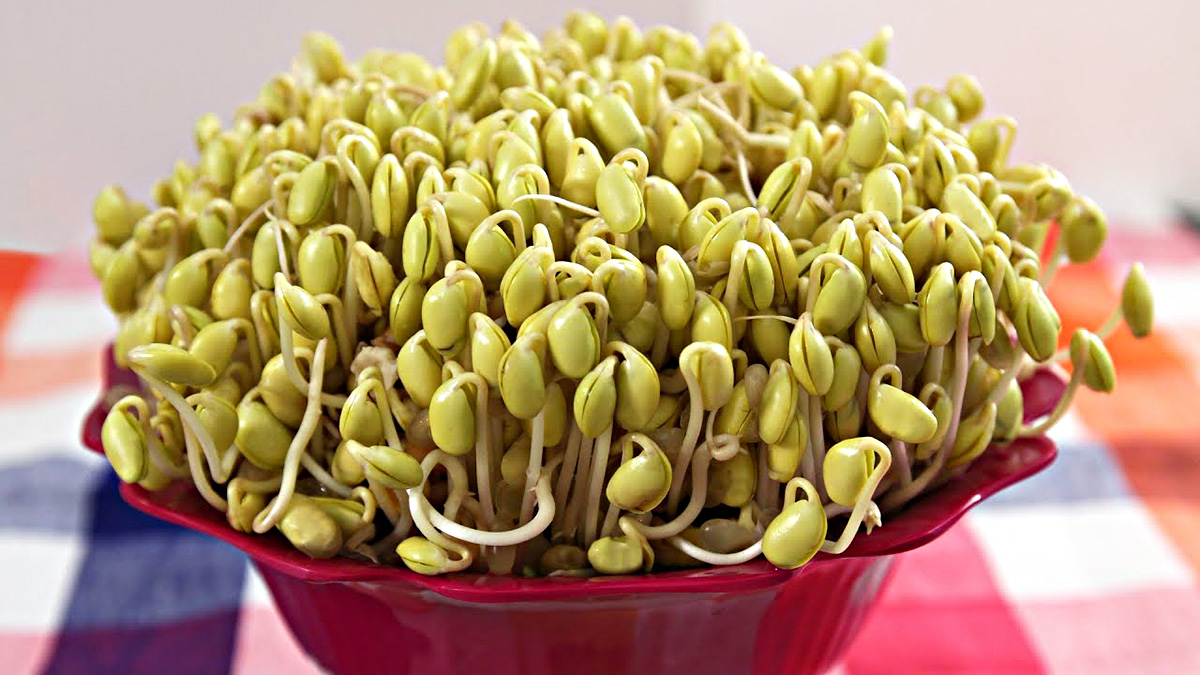
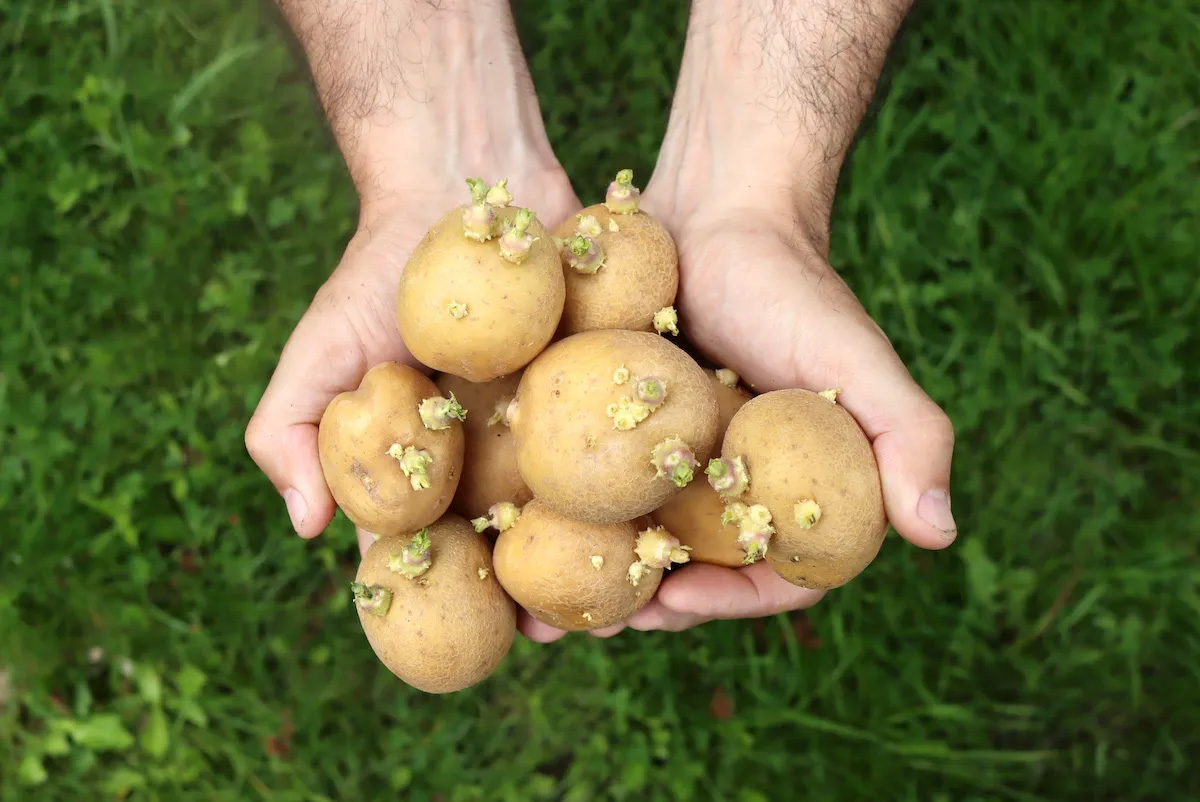
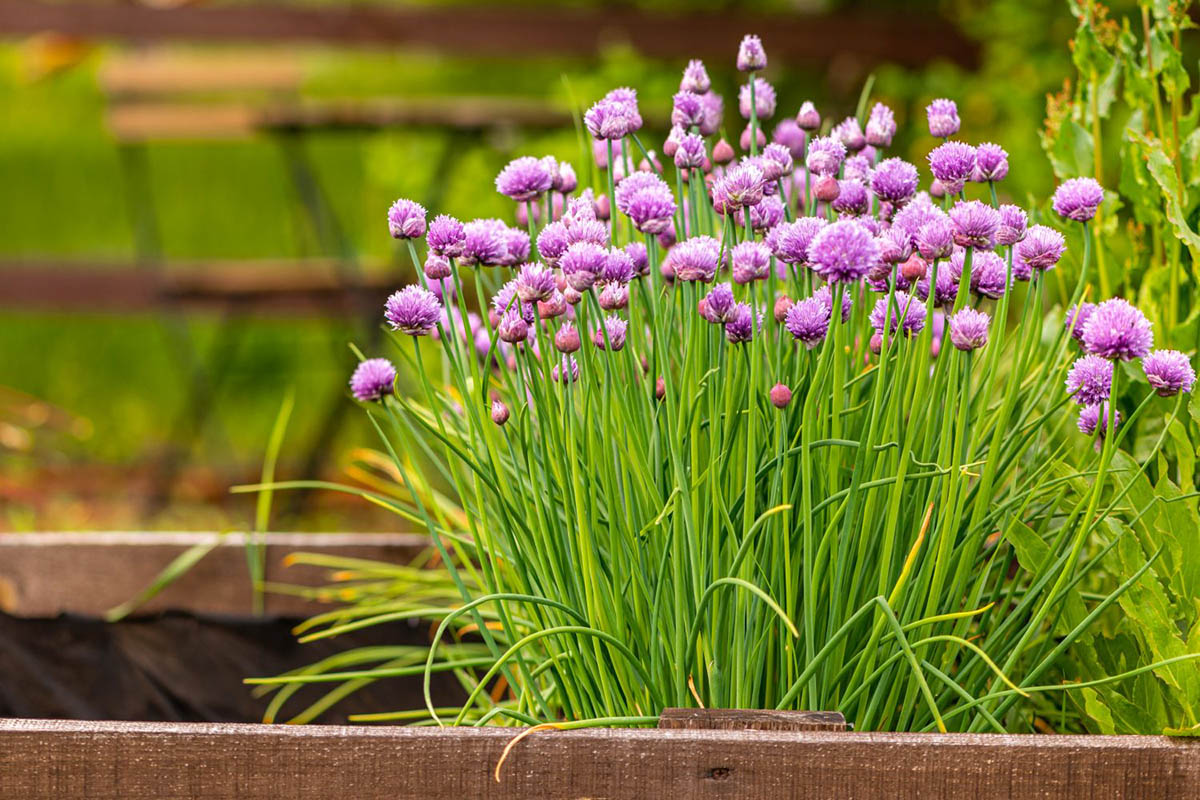
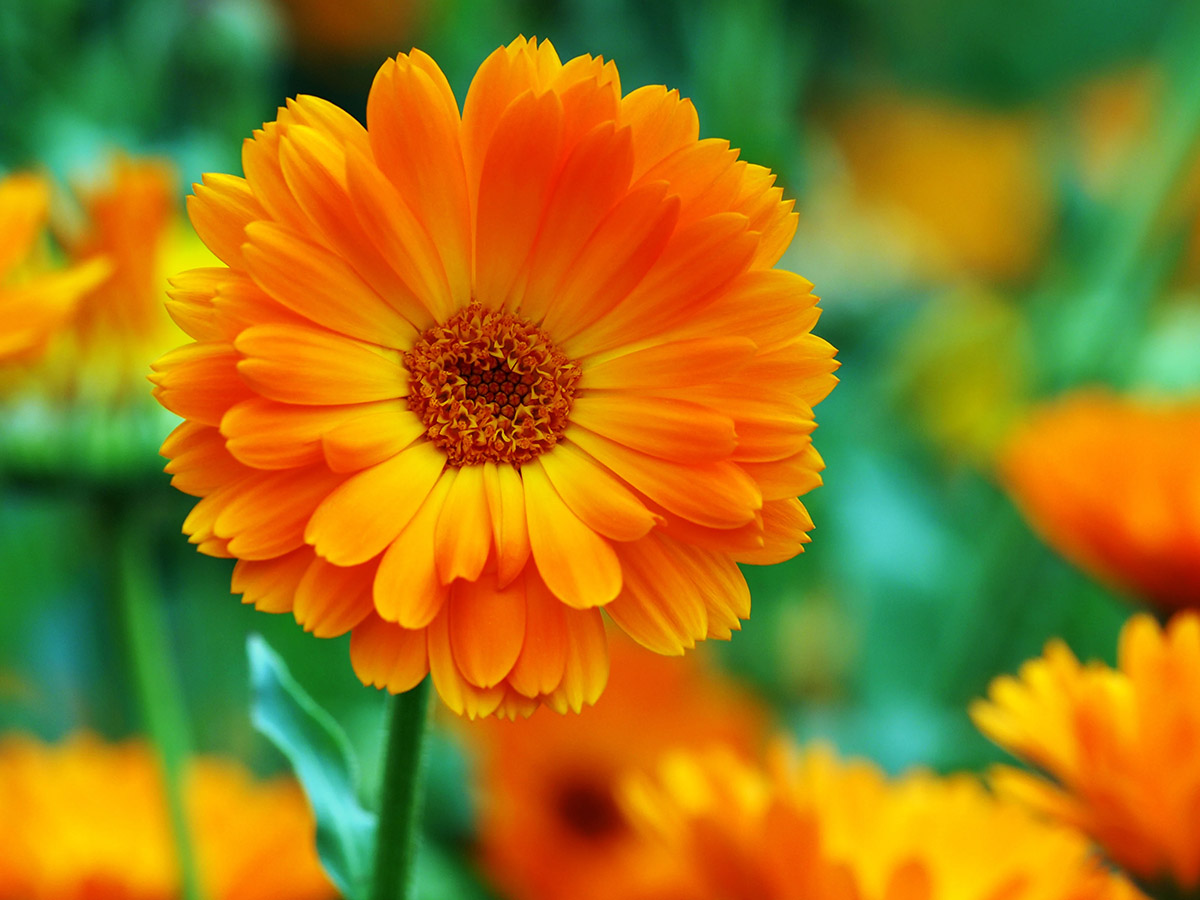
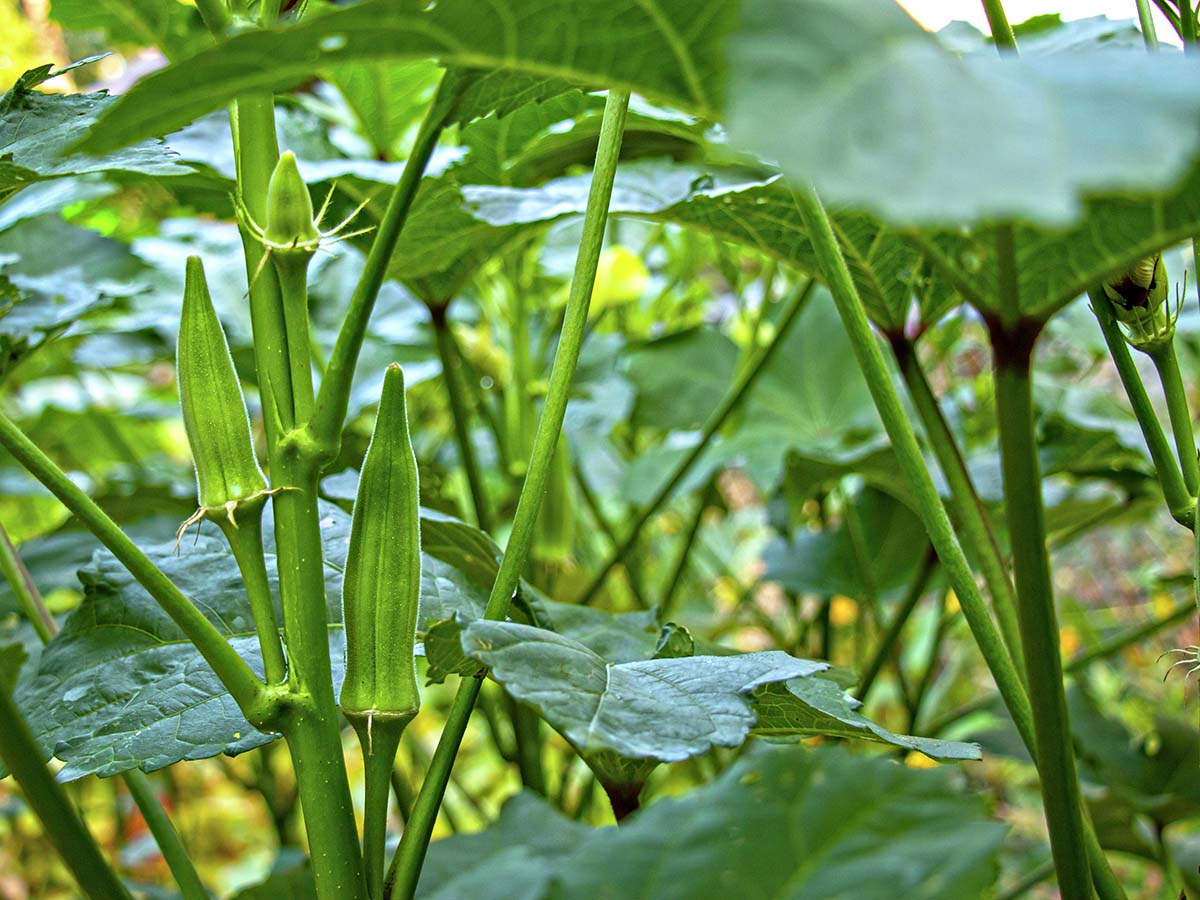
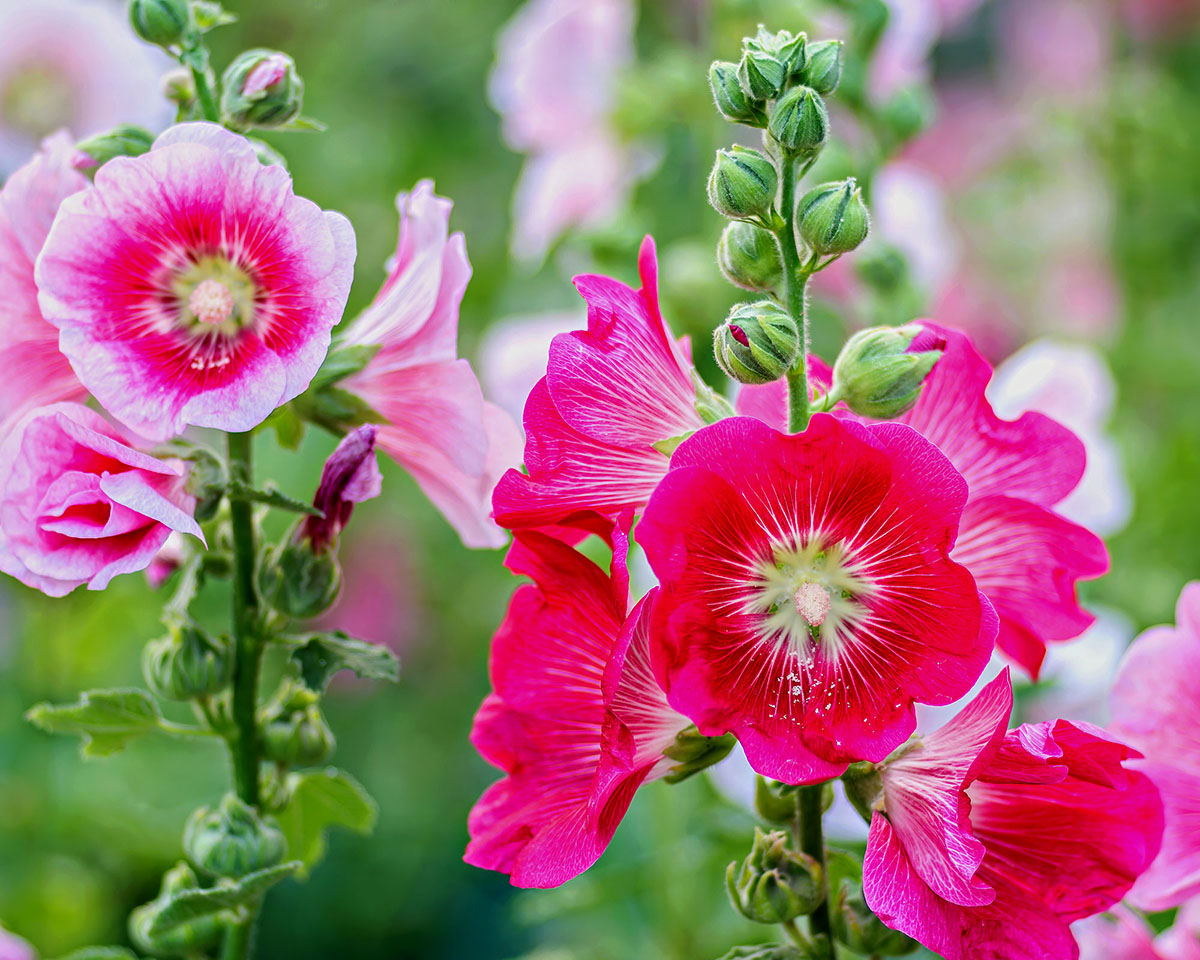
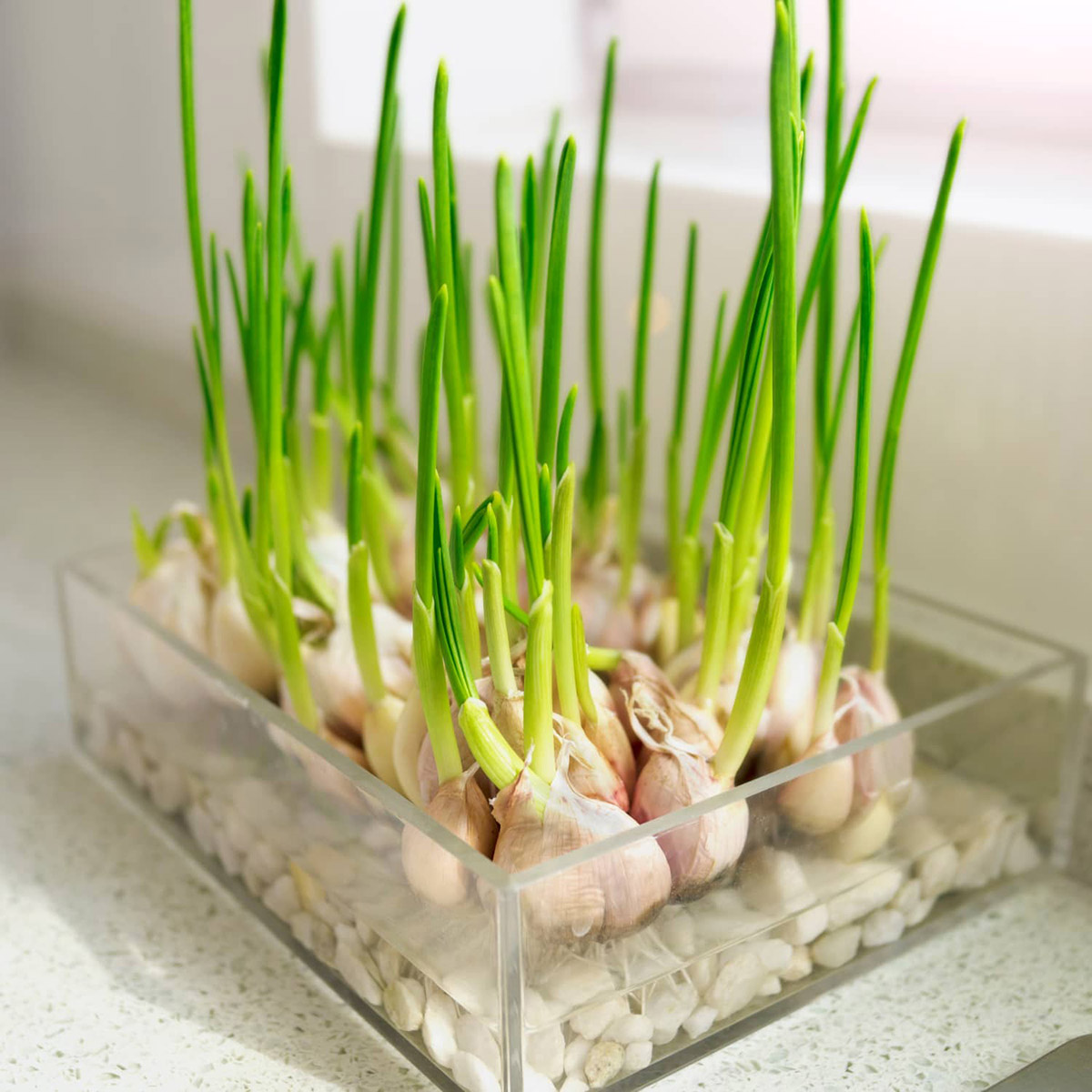


0 thoughts on “How Long Does It Take Pumpkins To Germinate”